The best touch screen monitors: control your PC using your monitor
Tap, swipe and pinch-to-zoom with the best touch screen monitors on sale today
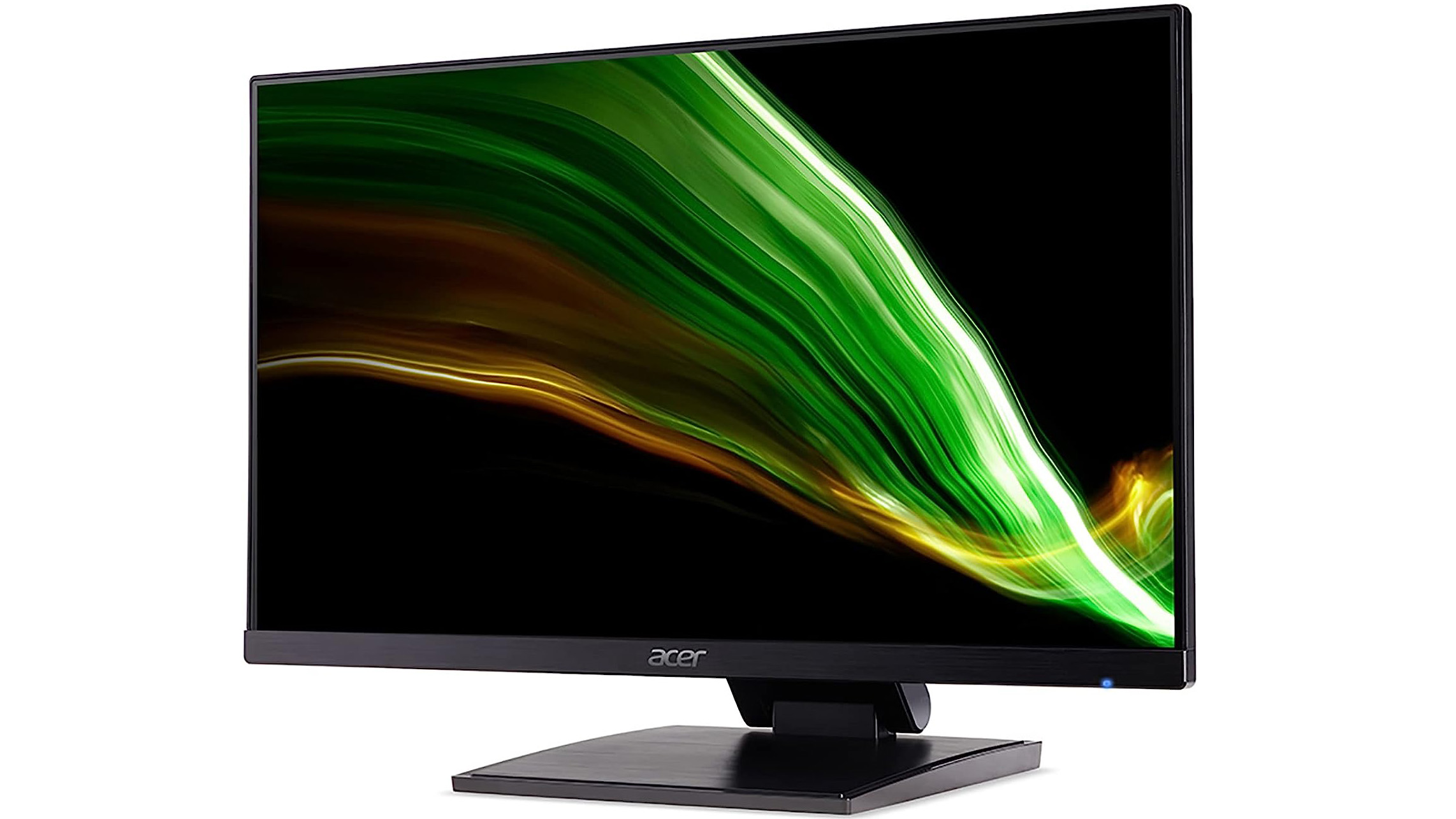
The Quick List ↩
1. Best for overall
2. Best for heavy usage
3. Best for screen size
4. Best for 24 inch
5. Best for IPS
6. Best for Full HD
7. Best for extras
How to choose
How we test
The best touchscreen monitors allow you to interact with your desktop computer via tap, swipe, and pinch-to-zoom. Alternatively, you can install it as a secondary monitor to use with an office-based laptop.
If you've already researched the best monitors for photo editing or the best video editing monitors, you may have realized that none of them are touch screen monitors. But why not? Why would you consider choosing a new monitor without touch sensitivity?
After all, the best touch screen monitor will add an extra, more ergonomic form of user input, so must be better, right? Well, it's not quite that simple. At the bottom of this page, you'll find tips on what to look for when buying a touch screen monitor, including connectivity, size, and that all-important image quality.
If you're after a smaller secondary monitor that can be carried with your laptop for use on the go, see our list of the best portable monitors. (Portable monitors can also be had with touch sensitivity, but they're smaller and are powered by your laptop's battery, so they don't need their own power supply.)
The Quick List

Best for overall
An IPS LCD display that promises better color and contrast accuracy than cheaper VA or TN LCD touch displays.
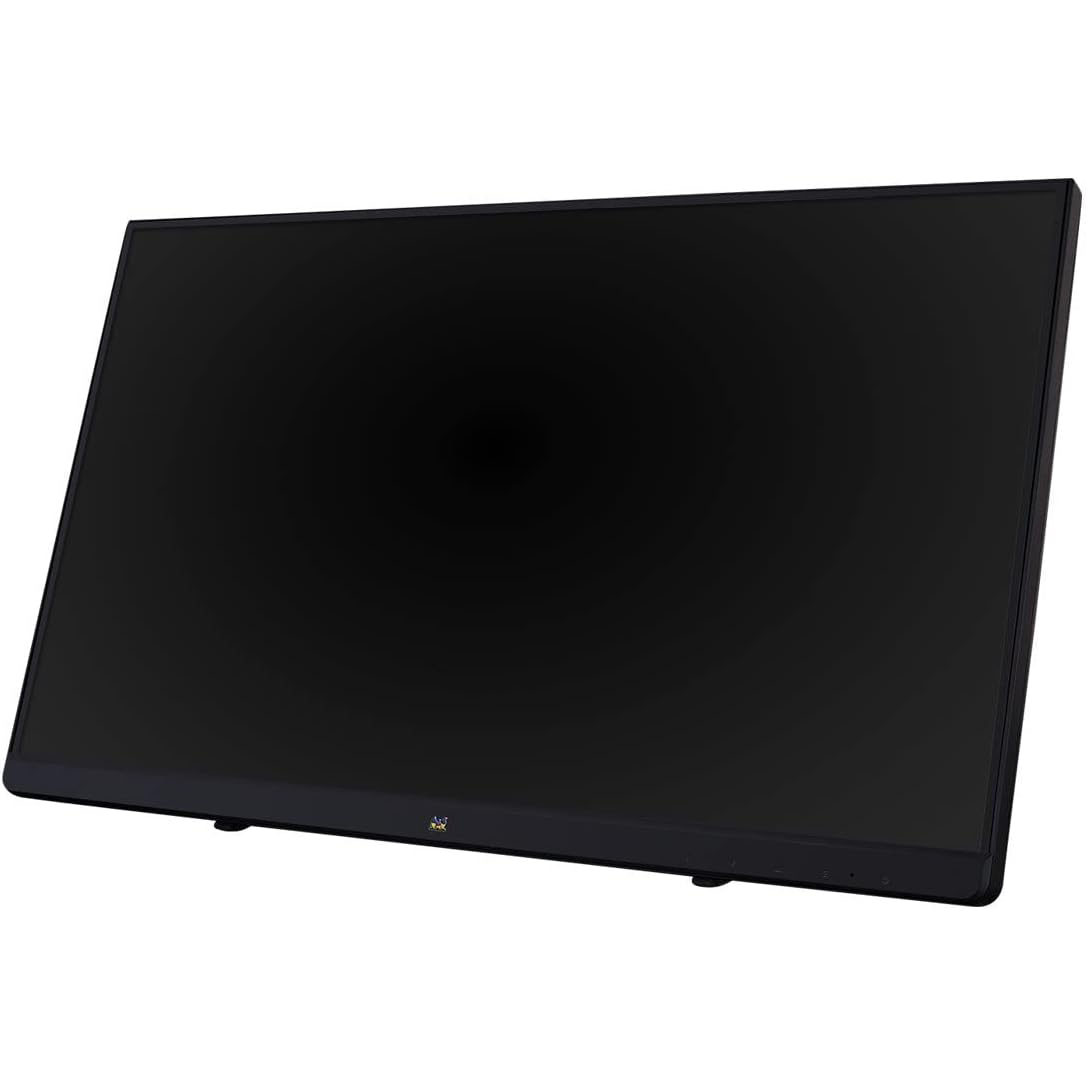
Best for heavy usage
An impressive touch screen monitor with 7H hardness-rated protective glass for extra scratch protection and durability
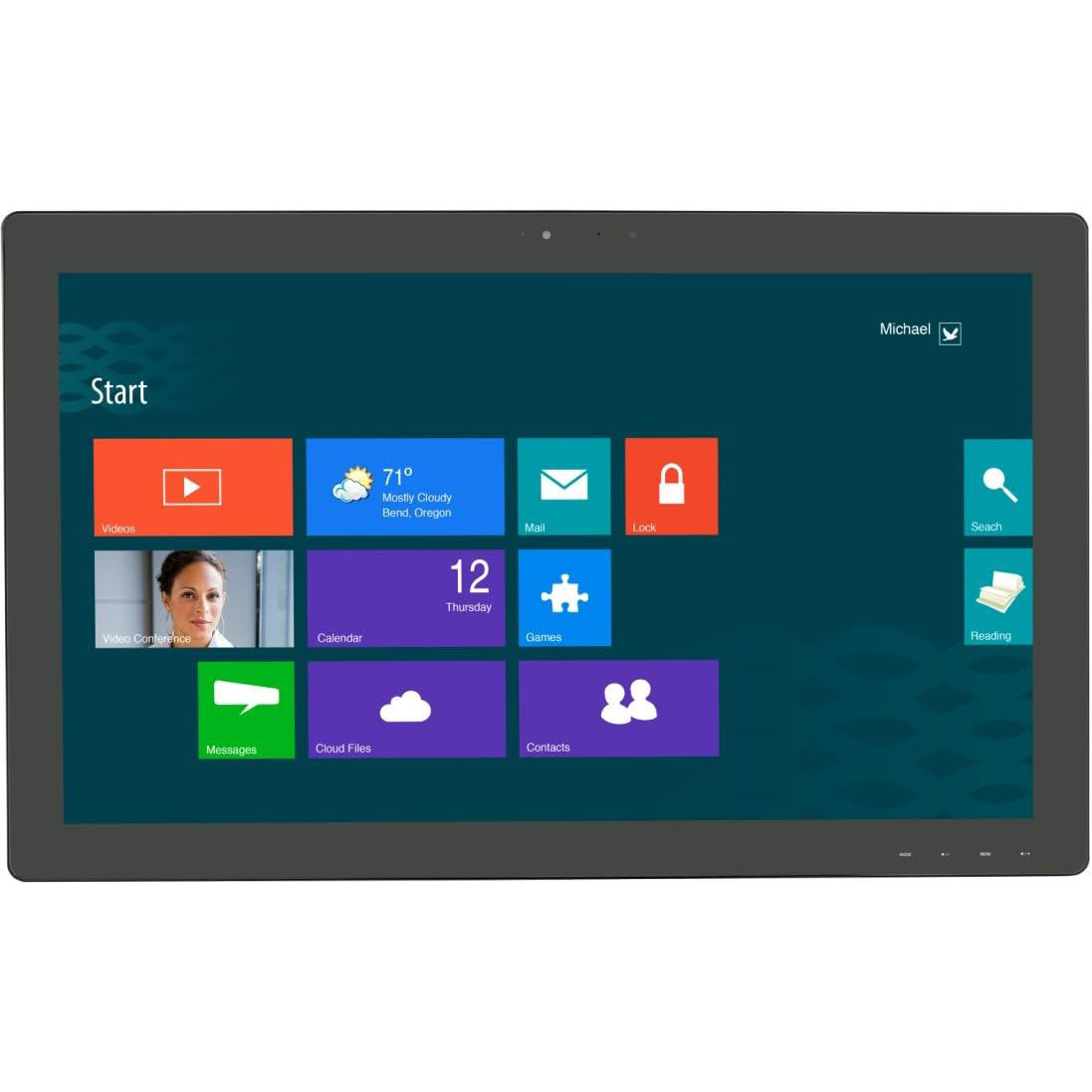
Best for screen size
A 27-inch monitor that is based around an IPS LED-backlit display. It is only Full HD so those pixels are spread a little thin.
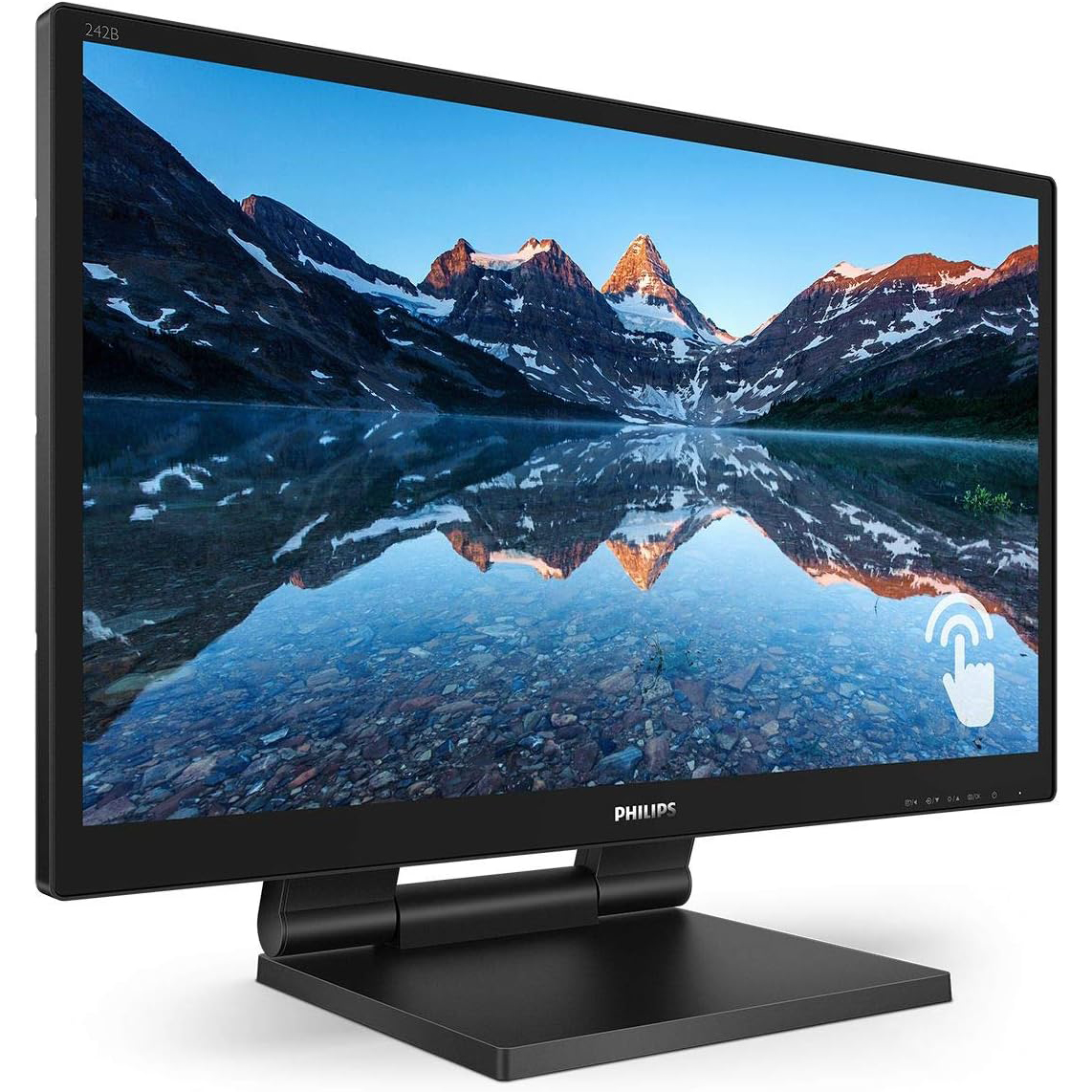
Best for 24-inch
With a full array of HDMI, DVI, VGA, and DisplayPort connectivity and included cables you're pretty well covered with this 24-inch monitor
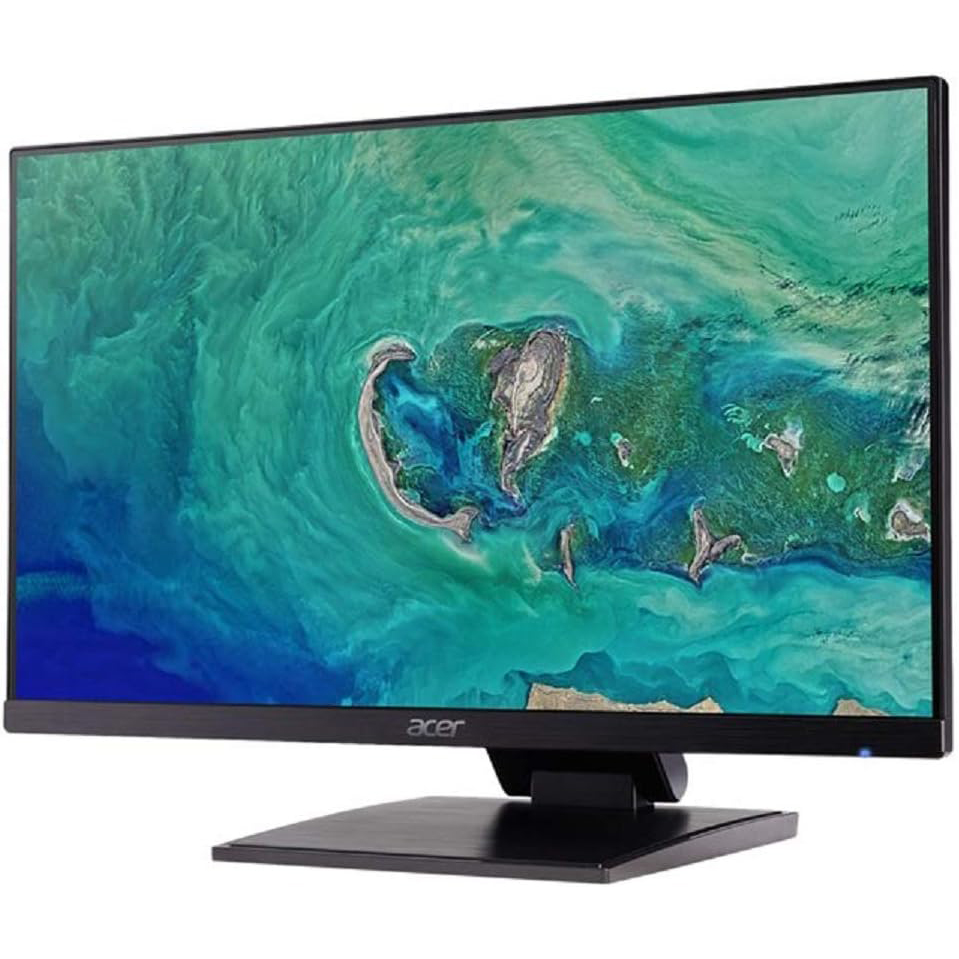
Best for IPS
24-inches of IPS LCD with a great balance between screen size and overall monitor compactness.
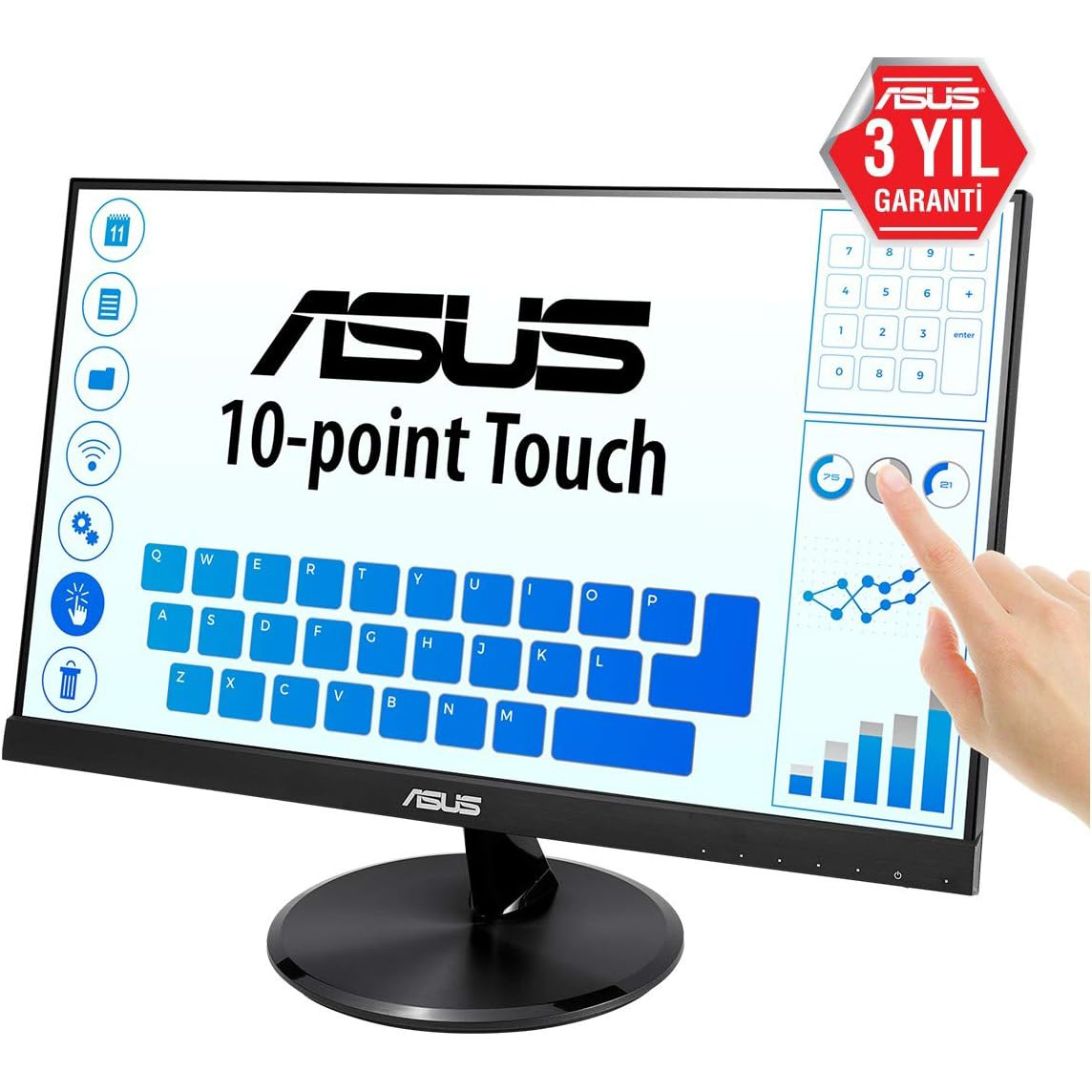
Best for Full HD
At only 21.5 inches, the Asus VT229H is one of the most compact touchscreen monitors around. The Full HD resolution looks great on it though.
The best touch screen monitors
Why you can trust Digital Camera World
Best for overall
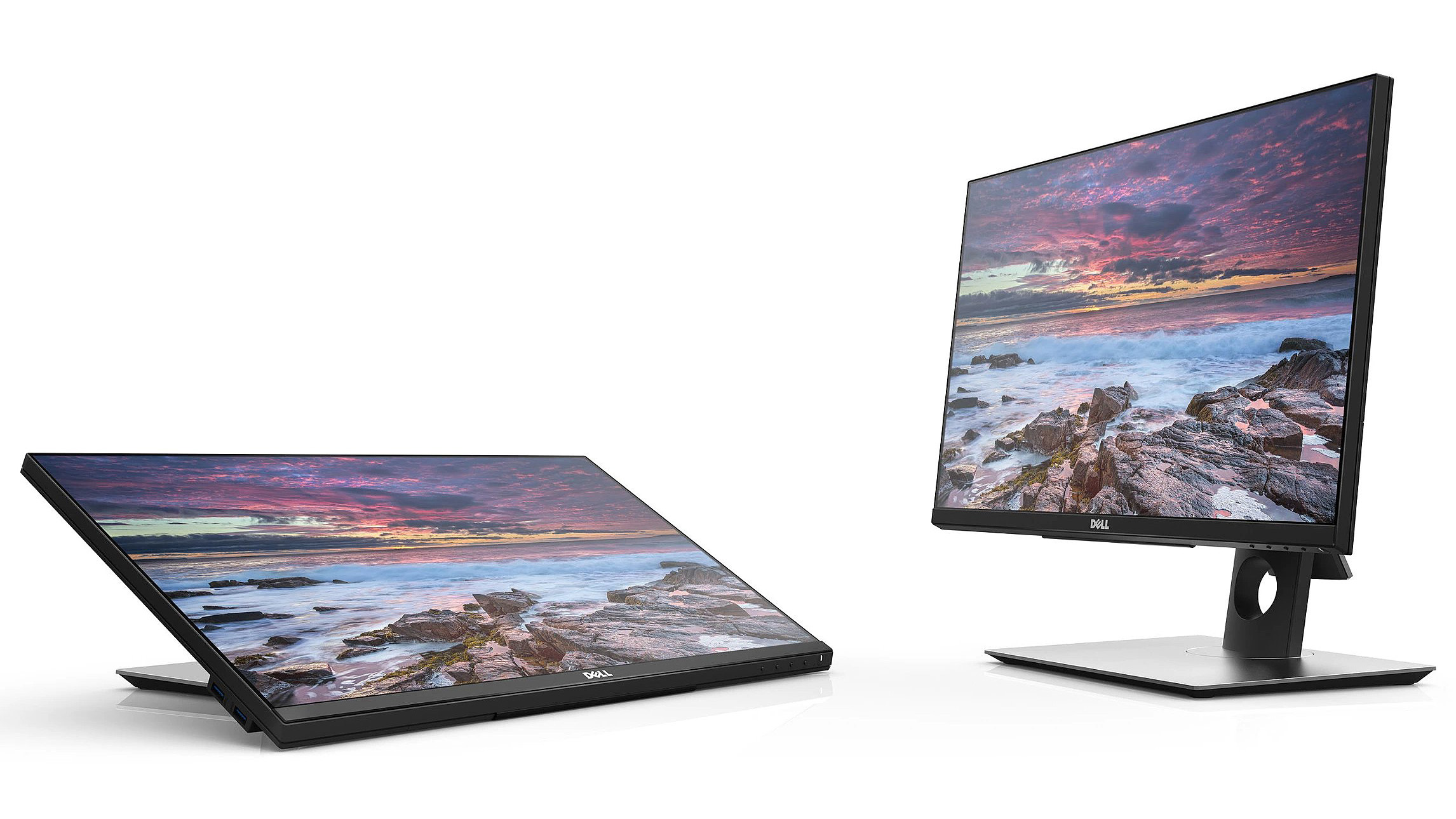
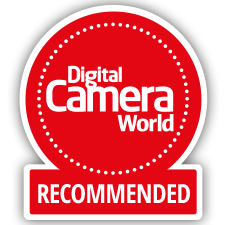
1. Dell P2418HT
Specifications
Reasons to buy
Reasons to avoid
Dell's P2418HT has fairly typical touchscreen display credentials: a 23.8-inch screen size and Full HD (1920 x 1080) resolution. But it stands out from the crowd in other areas.
Its special articulating stand transitions the display from a standard desktop monitor to a downward 60-degree angle touch orientation. It also supports extended tilt and swivel capabilities, so you can adjust the screen to your task or a more comfortable position. Plus, a protective cushion at the base of the screen offers a buffer against bumps when the stand is fully compressed.
The IPS LCD display promises better color and contrast accuracy than cheaper VA or TN LCD touch displays. And there's even DisplayPort connectivity, which isn't always present on touchscreen monitors. All this makes it our pick as the best touchscreen monitor available today.
Best for heavy usage
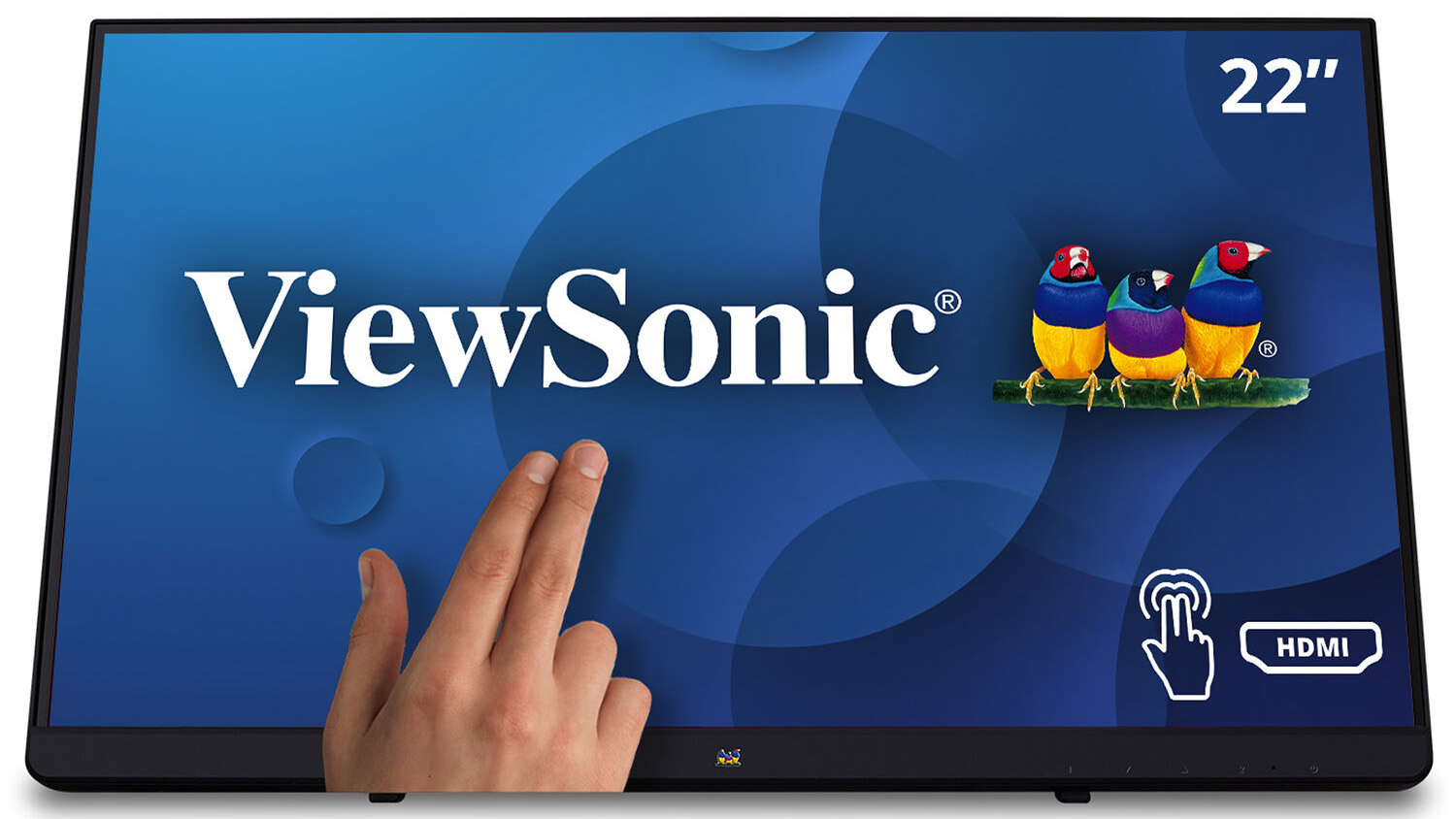
2. ViewSonic TD2230
Specifications
Reasons to buy
Reasons to avoid
Marketed for commercial and educational settings as well as for home use, the TD2230 boasts a 7H hardness-rated protective glass for extra scratch protection and durability. Super-thin screen bezels give the panel a modern, sleek look, plus there are integrated stereo speakers for added versatility.
The ViewSonic TD2230 boasts upmarket image quality thanks to its IPS LCD display that provides better color and contrast consistency, regardless of your viewing position, while the 1920 x 1080 screen res is high enough for crisp image clarity when spread across the 21.5-inch panel size.
250 cd/m2 max brightness and a 1000:1 contrast ratio are pretty typical, while HDMI, DisplayPort, and analog VGA connectors ensure you'll be able to hook this monitor to pretty much any computer running Windows 10, Android, or Linux.
The included stand allows the monitor to tilt from 70 degrees down to 20 degrees, or lie completely flat on a table. But for a more conventional raised position, you'll need to attach a VESA mount - check out the best monitor arms.
Best for screen size
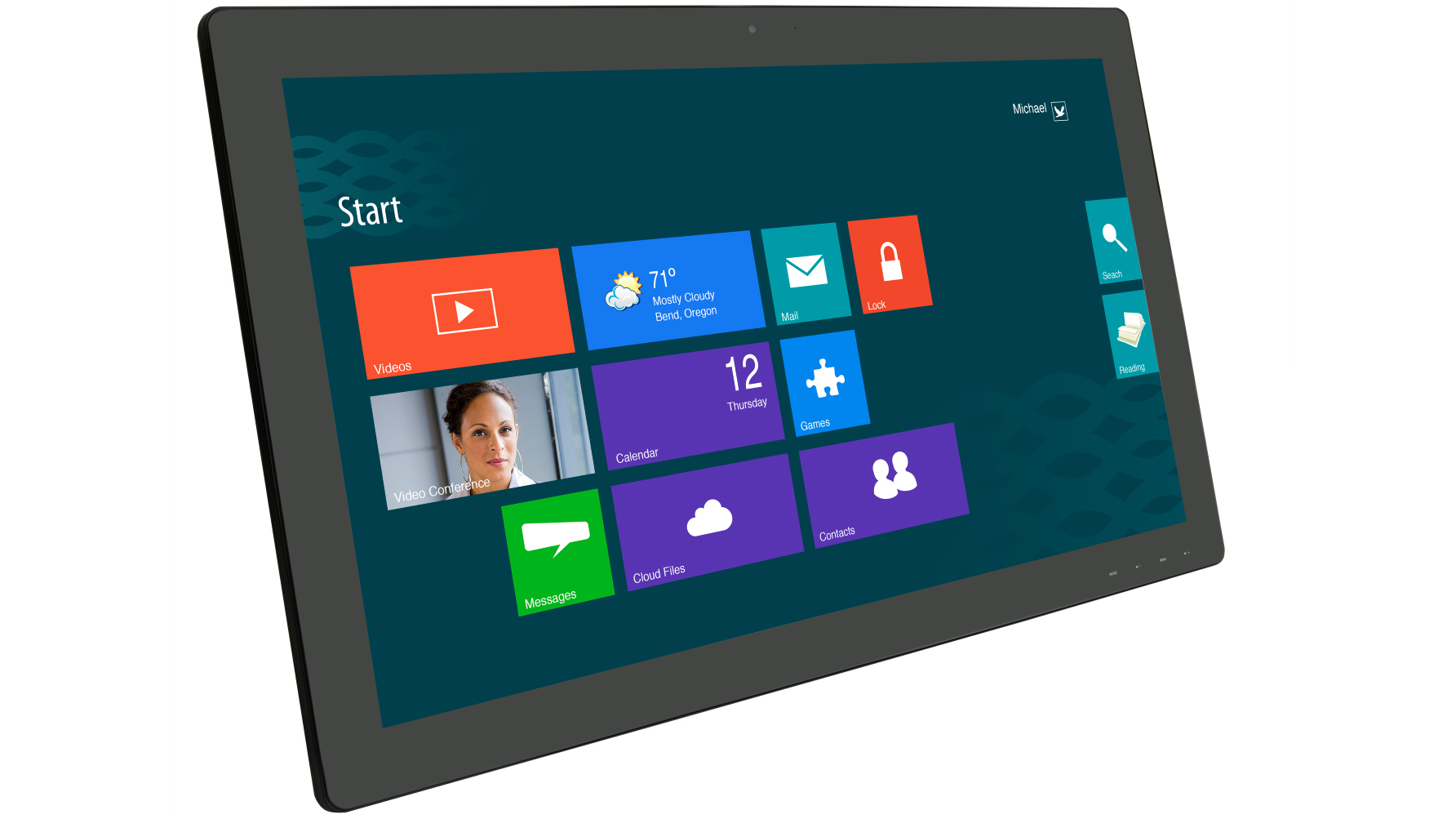
3. Planar Helium PCT2785
Specifications
Reasons to buy
Reasons to avoid
Want a larger-than-average touchscreen monitor? This 27-inch offering is our pick, as it's based around an IPS LED-backlit display. That translates to more dependable color accuracy and contrast that won't shift depending on whether you're viewing the centre of the screen or the corners.
The Full HD resolution is spread a little thin across a 27-inch display, so images will look slightly pixelated, but this is an unavoidable compromise you have to make if you want a touchscreen monitor larger than 24 inches. The PCT2785 does score well in terms of versatility though, as you get a built-in HD webcam and microphone, making it great for homeworking and video conferencing.
There's also 10-point capacitive multi-touch and an ergonomically-advanced stand that can transform the display from completely flat through to a 70-degree tilt.
Best for 24 inch

4. Philips 242B9T
Specifications
Reasons to buy
Reasons to avoid
If you can get past the uninspiring black plastic design of the Philips 242B9T, this touchscreen monitor has a lot to offer. It should be easy to connect to pretty much any computer, thanks to its full array of HDMI, DVI, VGA, and DisplayPort connectivity and included cables for all but DVI. It's even got its own built-in 2W stereo speakers, while the clever Z-hinge stand allows a huge -5 to 90 degrees of tilt adjustment, making it extra-ergonomic when using the 10-point capacitive multi-touch display.
As with most of the touchscreen monitors on this list, the 242B9T incorporates an IPS 1920 x 1080 Full HD LCD display, giving excellent 178 x 178-degree viewing angles.
Best for IPS

5. Acer UT241Y
Specifications
Reasons to buy
Reasons to avoid
The Acer UT241Y is another 24-inch 16:9 display with a Full HD (1920 x 1080) resolution. That's fairly typical for a touch screen monitor, as it gives you a good balance between screen size and overall monitor compactness. The Full HD res will look sharp on a display of this size, while IPS LCD screen tech should ensure good contrast and color consistency, no matter your viewing angle. Elsewhere, there's 10-point capacitive multi-touch, along with a pair of 2w internal speakers for built-in sound. The stand is also pretty clever, enabling a large -3° to 88° degrees of tilt to enhance touch ergonomics, whether you want to use the screen upright, or flat.
Best for Full HD
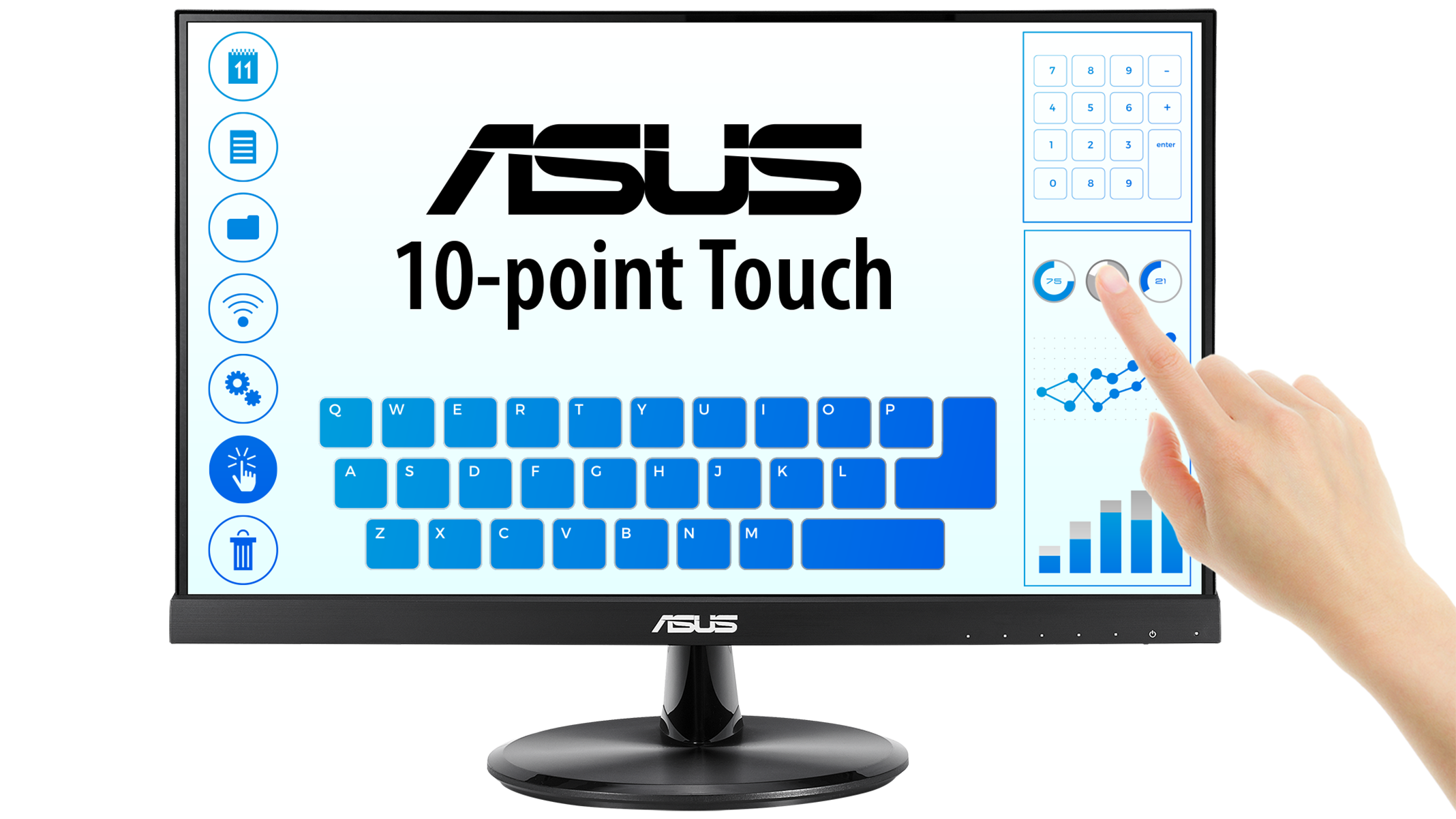

6. Asus VT229H
Specifications
Reasons to buy
Reasons to avoid
At 21.5 inches, the Asus VT229H is one of the smaller touchscreen monitors on this list, but it still sports the same Full HD (1920 x 1080) resolution as larger 24 and even 27-inch touchscreen displays, meaning you get more pixels per inch and slightly crisper image quality. This is also an IPS LCD, with wide 178 x 178-degree viewing angles and reliably consistent color and contrast, regardless of your viewing angle.
The capacitive 10-point multi-touch enables all typical pinch/swipe gestures, and even touch typing on a virtual on-screen keyboard. The screen's slim bezels give it a modern look, however, the basic included stand won't allow the display to tilt to the same degree as some rival touch screens. There is a VESA mount option though if you'd rather attach a more ergonomic monitor arm.
Best for extras

7. Lenovo ThinkCentre Tiny in One 22 Gen 4 Touch
Specifications
Reasons to buy
Reasons to avoid
Most touch screen monitors are just that: a monitor, with a touch interface. But this 21.5-inch display also adds a pair of 2W stereo speakers for sound output, along with dual-array microphones and a built-in webcam for video conferencing. The IPS LCD display panel ensures decent color and contrast uniformity, while the Full HD 1920 x 1080 resolution is easily enough for crisp image quality on a screen this size.
The square black exterior is typical of Lenovo's business-orientated products and may not be to everyone's taste. Plus you'll need to connect via DisplayPort only, as there's no HDMI input. But otherwise, this touch screen monitor offers a lot for a very reasonable price.
How to choose the best touch screen monitor
Screen size and resolution
The obvious drawback with a touchscreen monitor is the aforementioned size restrictions because if you want one larger than 27 inches, you're out of luck. The next step up in size for touch screen monitors are 50+ inch displays designed for corporate presentations rather than home computing.
Color accuracy
It's not just outright screen resolution where touch screen monitors can fall short of their non-touch alternatives. Top-end screens designed for image and video editing are often factory color calibrated: they use LCD displays that can display a huge range of colors, or feature fast refresh rates for smoother video playback and gaming. However, touchscreen monitors aren't intended for a color-critical image or video work: they tend to be all-purpose displays designed for more general applications like web browsing and basic image viewing.
Connectivity
Connectivity also tends to be compromised on touchscreen monitors. You can forget about USB-C hubs with Power Delivery, and even DisplayPort connections can be a rarity.
Computer compatibility
Put simply, even the best iMacs and MacBooks don't support touchscreen monitors. Consequently, all the touchscreen monitors on this list will only work with Windows 8.1, Windows 10, and some Linux and Android operating systems.
Image quality
Not all LCD monitors are created equal. LCD displays use three types of construction - IPS (In-Plane Switching), VA (Vertical Alignment), and TN (Twisted Nematic). Each one of these three LCD types exhibits noticeably different image quality characteristics, clearly visible to the average user.
For image and video editing, TN-based monitors should really be avoided. These are the cheapest to manufacture and deliver compromised image quality thanks to their restrictive viewing angles. This results in highly uneven color and contrast across the screen, effectively hiding shadow and highlighting detail in your images. IPS-based monitors are the gold standard for image quality. These produce color and contrast that doesn't shift depending on which part of the screen you look at, making image editing much more precise. Most of the touchscreen monitors on this list are IPS-based, and the rest are VA-based monitors. These can't quite match the image quality of an IPS monitor but are much more color-accurate than a TN screen.
Does a bigger monitor mean a better picture?
No, not necessarily. Even most 27-inch touchscreen monitors have the same Full HD 1920 x 1020 resolution as their smaller 21-24-inch stablemates. So you're not actually getting more pixels, only bigger ones. This can make your images just look more blocky unless you sit further away from the screen.
What is the difference between capacitive and resistive touch
These are the two primary forms of touch input. Resistive touch requires you to physically press the screen (which itself is slightly spongy) for it to register an input. It's a cheaper form of touch input, and a resistive touch screen is also tougher than a capacitive equivalent, so they're popular for use in ATMs and retail checkouts.
However, resistive technology doesn't support multi-touch and won't give the same fluid sensitivity as the touch screens we're now accustomed to on phones and tablets. Consequently, most modern touchscreen monitors use capacitive touch screens supporting 10-point multi-touch. These operate exactly like a phone or tablet's touch screen, requiring only a light tap, swipe, or pinch to register inputs. All the monitors on this list use 10-point capacitive touch screens.
How we test touch screen monitors
We test a monitor's features, its build quality, and its performance. By taking time to test these elements over an extended period of time, our reviewers are able to make informed judgements on the quality of the monitor in question.
Get the Digital Camera World Newsletter
The best camera deals, reviews, product advice, and unmissable photography news, direct to your inbox!
Ben is the Imaging Labs manager, responsible for all the testing on Digital Camera World and across the entire photography portfolio at Future. Whether he's in the lab testing the sharpness of new lenses, the resolution of the latest image sensors, the zoom range of monster bridge cameras or even the latest camera phones, Ben is our go-to guy for technical insight. He's also the team's man-at-arms when it comes to camera bags, filters, memory cards, and all manner of camera accessories – his lab is a bit like the Batcave of photography! With years of experience trialling and testing kit, he's a human encyclopedia of benchmarks when it comes to recommending the best buys.
- Paul HattonFreelance tech writer
